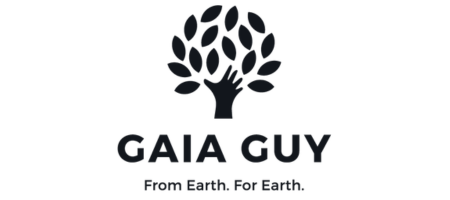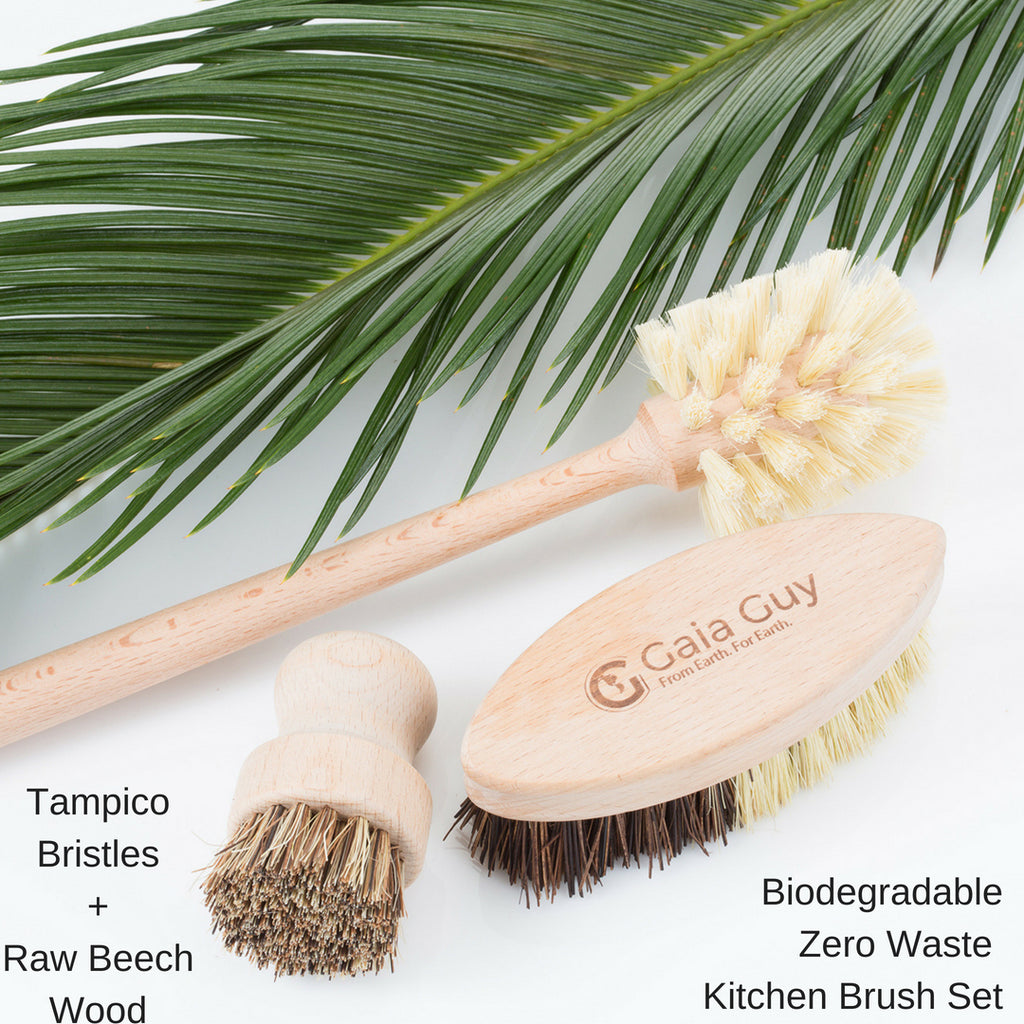What is Sisal, the Earth-Friendly Fiber?
Sisal is a remarkable and environmentally friendly natural fiber derived from the Agave Sisalana plant, native to Mexico. It has made its mark in various industries like automotive, construction, paper, and textiles.
Sisal fibre belongs to the family of the Agave Sisalana plant, and is presently being cultivated in the countries like Mexico, East Africa, Brazil, Haiti, India, and Indonesia. The plant is about 1 m tall, 28 mm wide, and has 200–250 leaves.
Each leaf has about 1000 fiber bundles, of which only 4% is used as fibers. The plant lives for about 7–12 years, and on maturity fibers are taken from the leaves by a manual or mechanical decortication process. Source

The Plant: A Sustainable Marvel
Sisal's journey begins with the Agave Sisalana plant, a tough species that thrives in hot, arid regions, making it a prime candidate for cultivation where other crops struggle. Its minimal resource requirements and resistance to diseases make it an attractive option for sustainable farming.
Sisal can be harvested as early as two years after planting and remains productive for up to 12 years. This robust plant, with its extensive root system, also combats soil erosion and contributes positively to managing watersheds. Sisal's unique ability to act as a natural barrier adds an extra layer of protection to crops and forests.

The Eco-Friendly Fiber
One of the most compelling reasons to embrace sisal is its environmental friendliness. Over its lifetime, sisal absorbs more carbon dioxide than it emits, making it a powerful ally in the fight against climate change.
Its processing primarily generates organic waste and leaf residues, which can be repurposed for bioenergy, animal feed, fertilizers, and even eco-friendly construction materials.
Moreover, sisal is 100 percent biodegradable, a sharp contrast to synthetic fibers. With its versatility and minimal ecological impact, sisal is a sustainability champion.
Diverse Applications: Sisal's Many Hats
Sisal's versatility extends to its numerous applications. Traditionally used for twine, ropes, and carpets, sisal has evolved to meet modern industry demands.
It finds a place in paper production, reinforcing composites for automobiles, boats, furniture, as well as in plastic and rubber composites. Sisal's durability also makes it an ideal material for dartboards and buffing cloth.
Furthermore, the waste produced during sisal extraction holds valuable potential for biogas production, pharmaceutical ingredients, and building materials, unlocking even more eco-friendly opportunities.

Global Production and Market Outlook: Sisal Around the World
Sisal cultivation spans several countries, including Brazil, Tanzania, Kenya, and China. While it traditionally thrived in plantation settings, it has found a place in small-scale production in Brazil.
The global sisal market is valued at approximately $75 million, with major players like Brazil and Kenya exporting raw fiber and manufactured goods. As consumer awareness of natural fibers' eco-friendliness grows, sisal's market outlook remains promising, with potential for new by-products and applications waiting to be discovered.
The Growing Sisal Market
The global sisal market is experiencing a significant upsurge in demand, reflecting its increasing relevance in various industries. In 2022, the market was valued at a substantial USD 1,299.31 million, and experts project steady growth with a Compound Annual Growth Rate (CAGR) of 4.2% during the forecast period. This growth is driven by a combination of factors, including the rising awareness of sisal's eco-friendly attributes and its expanding range of applications.
Sisal Innovations for a Sustainable Future
Research and development efforts, supported by organizations like the FAO Intergovernmental Group on Hard Fibres and the Common Fund for Commodities (CFC), are driving innovations in sisal technologies and market development. These initiatives explore new ways to utilize sisal waste for biogas, biofertilizers, and even pesticides and veterinary drugs, further solidifying sisal's role in sustainable agriculture and industry.
Sisal: The Green Solution
Sisal stands as a shining example of a natural resource that not only meets diverse industry needs but also champions environmental sustainability. With its ability to absorb carbon dioxide, low ecological impact, and vast range of applications, sisal is poised to play a crucial role in a world increasingly focused on sustainable solutions. Embracing sisal is not just a choice; it's a step toward a greener, more eco-conscious future.
Check out how Gaia Guy is using sisal fibers in these amazing sisal fiber brushes.
Sources: FAO Future Fibres
Fortune Business Insights - Sisal Market
- What fiber is sisal made of?
Sisal fiber is made from the leaves of the Agave Sisalana plant. It is extracted from the long, sturdy, and fibrous leaves of this plant, making it a natural and renewable source of fiber.
- What is sisal fiber used for?
Sisal fiber has a wide range of applications. Traditionally, it has been used for making twine, ropes, and carpets. However, it has evolved to be used in various industries. Sisal is employed in paper production, as reinforcement in composites for automobiles, boats, and furniture, as well as in plastic and rubber composites. It is also utilized in dartboards, buffing cloth, and has potential applications in biogas production, pharmaceuticals, and building materials.
- What are the disadvantages of sisal fabric?
While sisal is an eco-friendly and versatile fiber, it does have some disadvantages. Sisal can be coarse and less comfortable against the skin compared to softer materials like cotton. It is also more prone to moisture absorption, which can lead to degradation over time. Additionally, sisal fibers may not be as durable as synthetic materials in certain applications, and its processing can be labor-intensive.
- What is another name for sisal fiber?
Sisal fiber is also commonly referred to as "sisal hemp" due to its appearance and the fact that it is often used in a manner similar to hemp fibers. It is important to note that while it shares some similarities with hemp, sisal comes from a different plant species, the Agave Sisalana, whereas hemp comes from the Cannabis sativa plant.
- Is tampico fiber the same as sisal fiber?
Tampico fiber is not the same as sisal fiber. They are derived from different plants and have distinct characteristics.
Tampico fiber comes from the Agave lechuguilla plant, which is native to Mexico. It is a softer and finer fiber compared to sisal. Tampico fiber is often used in the production of brushes and brooms due to its ability to hold liquids and withstand wear.
On the other hand, sisal fiber comes from the Agave Sisalana plant, also native to Mexico. Sisal is coarser and stiffer than Tampico fiber and is commonly used for various applications such as ropes, twine, carpets, and reinforcement in composites for different industries. However, they also make very good and serious scrub brushes as you can see below.
While both fibers are natural and have their uses, they are distinct in terms of texture and application.


